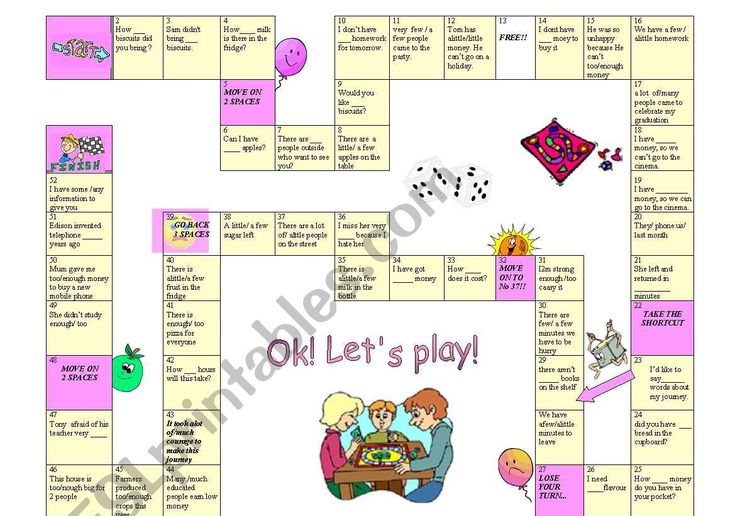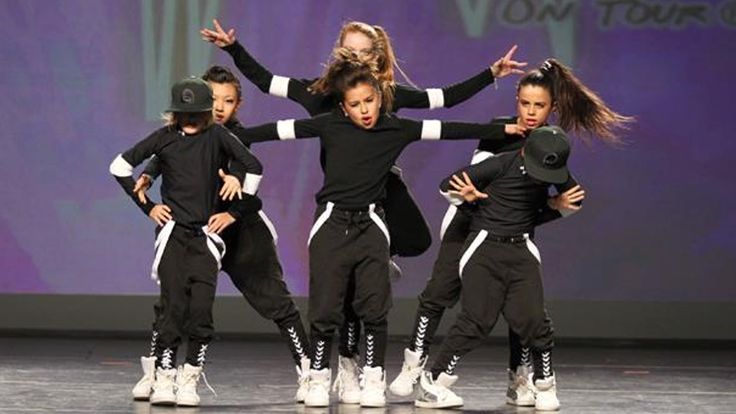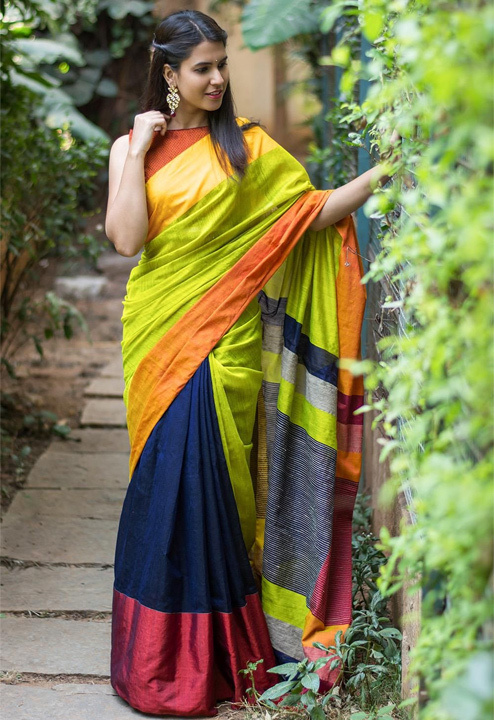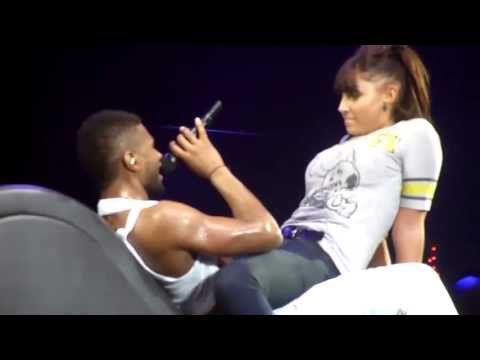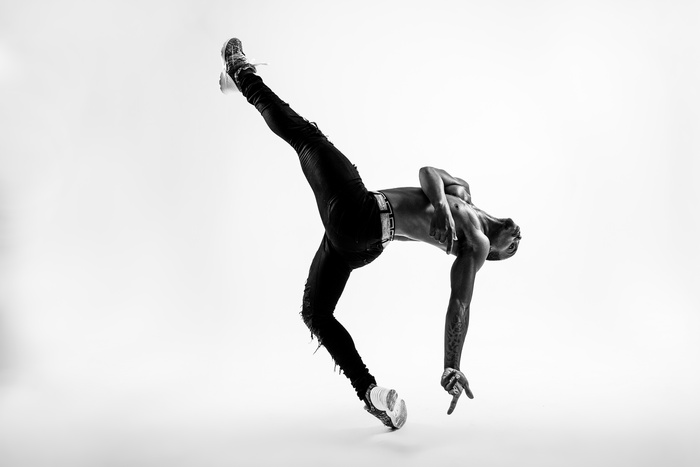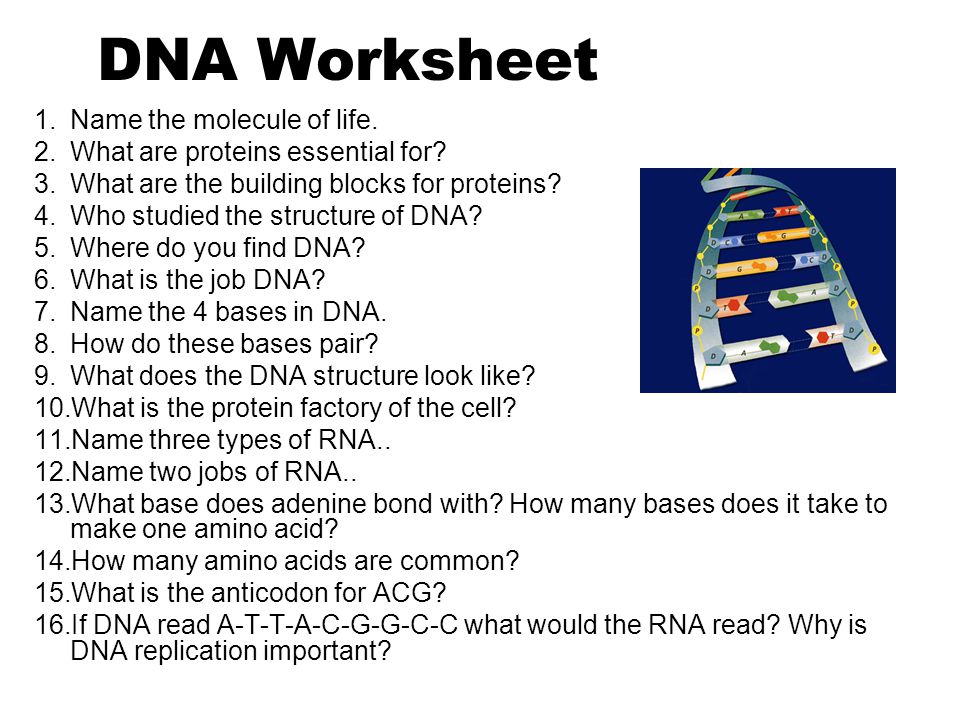How many dance moves are there
List of Dance Moves Names
Anthony Redpath/The Image Bank Collection/Getty ImagesWould you like to be the person who knows all of the best dance moves names and can execute all of them? At first, learning these steps may seem complex, even unattainable. In reality, almost everyone can learn to dance. It’s simply a matter of breaking each dance into individual steps and practicing until you get it right.
Most of us have watched in awe as an amazing dancer showed off their skills at a party. Have you also noticed that these dancers aren’t always the suavest or most athletic folks? Instead, they are often just normal people who enjoy dancing and having fun.
How do you gain the same skills and confidence? Take the first step by reading through this list of dance moves names and steps.
Why Learn How to Dance?
Dancing is a popular social activity that allows people to enjoy events and connect with others. When you can execute cool dance moves, not only will you have a great time. People around you will enjoy themselves as well. Of course, dancing is also an excellent tool for making romantic connections.
Here are some other benefits of learning dance moves names and their steps:
- Great physical activity
- Parties and events are more enjoyable
- It’s a healthy and productive hobby
- You can share dancing with friends or loved ones
- Learning to dance teaches you about other cultures
Think of dancing like playing a musical instrument. Start slowly and simply. Many of the most popular dance moves are easy enough to be done by a novice.
Ready to Start Dancing?
Here is a list of dance moves you can start practicing today. Some of these cool dance moves names are popular classics. Others have just begun to trend.
The list mixes some dance steps that are designed to impress and others that are just for fun and nostalgia. Choose a few you’d like to start practicing today. You’ll enjoy the physical activity and impress your friends.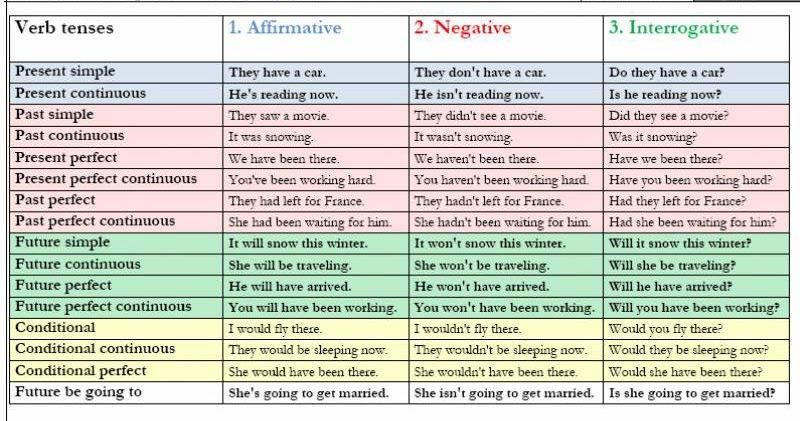
1. The Moonwalk
You can’t list dance moves names without mentioning the moonwalk.
To execute this move, start with your feet aligned. Then slide your right foot back until it is directly behind your left, ending with only the ball of your right foot touching the floor. Now, slide your left foot back, but keep it flat on the floor. As you do this, shift your weight to your right foot. This approach allows your left foot to glide across the floor.
As soon as your left foot is behind your right, snap your left heel up and drop your right heel down.
2. The Floss
The floss is one the most popular dance moves of the last few years. It was featured on Saturday Night Live and the game Fortnite.
Start this stationary dance with your feet shoulder-width apart, arms at your sides, and hands in fists. Bend your knees slightly.
First, move both your arms together to the left. Your right arm should be in front of your body, and the left behind.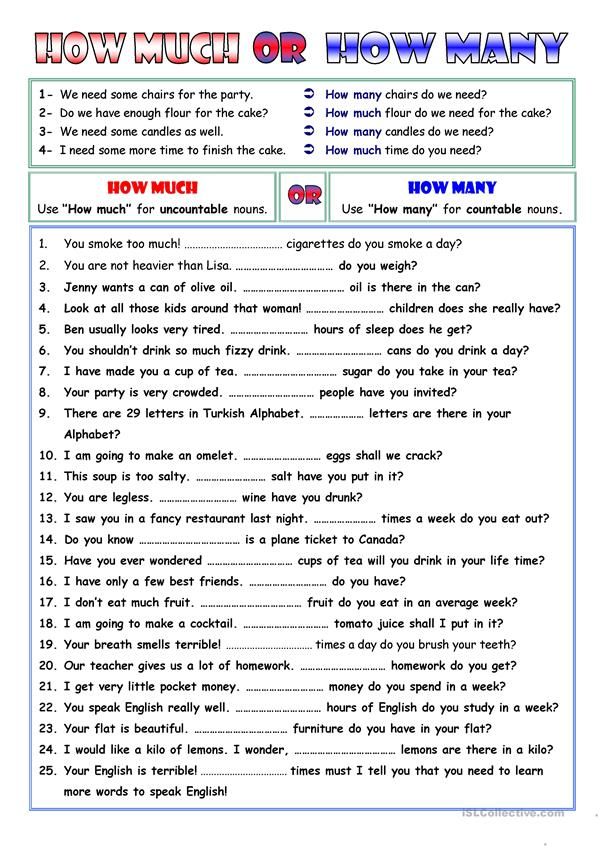 As you do this, swing your hips to the right. Now, sweep both arms in front of your body and back to the right. This move will reorient your body to repeat the first move in the opposite direction.
As you do this, swing your hips to the right. Now, sweep both arms in front of your body and back to the right. This move will reorient your body to repeat the first move in the opposite direction.
3. The Dougie
The great thing about cool dance moves is you can personalize them. That’s what makes the Dougie so popular.
Start by simply swaying side to side with the beat. Step down alternately with your right and left foot as you sway. Feel free to tap or double tap on the third beat.
Now, add in your arm movements. Run your fingers through your hair, or pretend as if you are. Change hands and slightly shift your upper body as you sway from one side to the other.
4. Two-Step
This simple move works with any song. Keep this in your list of popular dance moves names when you are trying to dance to music you don’t know.
Start with your legs together and step to the right with your right leg. Then step your left leg to the right, so your feet are together again. Repeat the move to the opposite side. Stay in rhythm with the music. Feel free to add arm moves like rolls, snaps, or claps.
Repeat the move to the opposite side. Stay in rhythm with the music. Feel free to add arm moves like rolls, snaps, or claps.
5. Swing Dancing
One of the most popular dance steps names is swing. Swing dancing is full of acrobatics, leaps, and throws. However, you can get started with a few basic moves. Swing is a great dance to learn for wedding receptions and parties.
Begin with you and your partner holding hands. Now, let go of one hand and step apart. One partner will step with their right foot, and the other with their left.
Raise your hands that are still together. The leading partner can use their hand as leverage to spin their partner to the inside or outside. When the turn is complete, step back together and clasp hands.
6. Body Roll
When you think of dance moves names that are simple and a bit sexy, remember the body roll. This movement is popular in hip-hop dancing, Zumba, and club dance.
Start by looking up. Then, move your head, so you are looking at your chest. Pop your chest as you do this. Next, collapse your chest as you simultaneously push your hips forward. Now, bend your knees, and push your booty back.
Pop your chest as you do this. Next, collapse your chest as you simultaneously push your hips forward. Now, bend your knees, and push your booty back.
7. Voguing
Start the vogue with your walk. The easiest move here is the catwalk. It’s simply a strut to the music on the balls of your feet. Now, add hands. Begin with simple face-framing movements and arm extensions.
8. The RobotThe robot, one of the most well-known dance moves names, is all about body isolation. Move one part of your body at a time, focusing on your upper body and head. Make each move sharp and precise, like a robot. Add a wobble after each motion to create the machinelike effect.
9. The HustleOne of the iconic dance steps names, the hustle, is best learned through a video that breaks down the dance into easy to memorize steps. You can also look for a great dance instructor to walk you through things.
10. Popping and Locking
Popping and Locking To learn to pop and lock, you should start by understanding what these dance moves names mean. Popping is a sharp move that you execute by tightening and relaxing your muscles as you move your body. Locking is stopping a movement abruptly then completing it.
11. Whip/Nae NaeThe whip begins with raising the left knee, forming a loose fist with the left hand, then punching forward. Now, pull your hand back and open it. It should be above your head to the side. Finally, step from your left to right foot while waving. Switch sides and repeat.
12. The MonasteryStart with your feet apart. Turn your knee in while twisting on the ball of your foot. Repeat with the other leg. Now, bounce down with each turn. As you do this, move your arms, so they accentuate each hip movement.
13. The Box StepOne of the fun and fitting dance moves names is the box step. This dance is the basic step for partner dancing. To lead, step forward with your left foot. Then step out with your right. Third, move your left foot so that it closes the distance between your feet.
This dance is the basic step for partner dancing. To lead, step forward with your left foot. Then step out with your right. Third, move your left foot so that it closes the distance between your feet.
Next, step back with your right. Then out with your left, and close the box you’ve drawn with your feet by bringing your right foot back in close. Followers start by moving their right foot back and mirroring the leader.
14. The WoahStart this unique group of dance moves names with your hands in front of you, making alternating circles (counterclockwise and clockwise). Now turn to the side and make fists. Move your left hand down, and act as if you are grabbing a gear shift and downshifting. Form a fist with your right, twist back, and pull your fist down.
15. The Billy BounceStart the Billy Bounce with your feet apart, knees bent. Open and close your knees simultaneously. Once you get that, pick up each foot on alternating beats.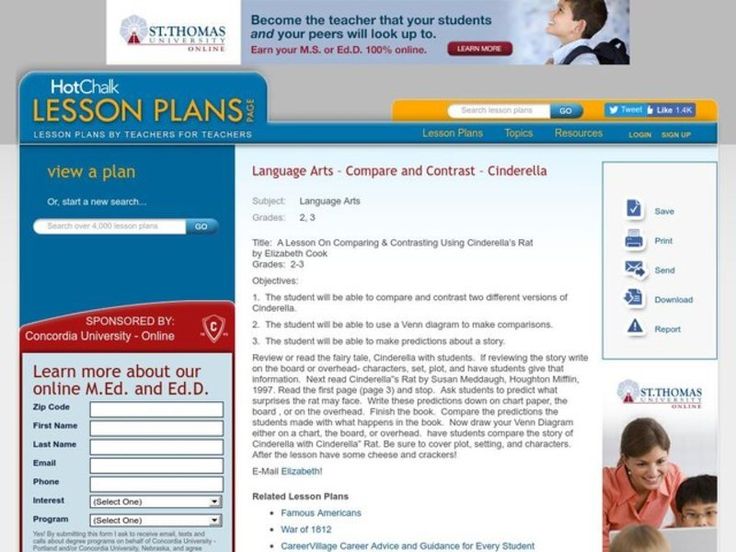
One of the funniest dance moves names is the Humpty dance. Start the Humpty with a small jump as you crisscross your legs, then repeat. When your legs are apart, drop your butt down. Repeat the drop move several times before returning to the crisscross. Add in side-to-side arm waves.
17. The PrepStart by turning your upper body to the side and rocking your shoulders back while slightly bending your knees. Now, turn on your heels, so you are facing the other side. The arm moves are palms up and raised just above your head level. Finally, push and pull your arms to and away from your body in an upward diagonal motion.
18. Outside Partner StepThe outside partner step is one of the popular dance moves names for couples. It begins with your and your partner’s upper bodies in close contact, but each turned to the left. Now, each partner steps their right foot forward and crosses it in front of their left. At the end of the step, the partners should have stepped to the outside of the other.
At the end of the step, the partners should have stepped to the outside of the other.
The basic cha-cha is easy to learn. It is two slow forward steps followed by three fast steps. With a partner, one person does the same steps, only backward.
20. The Bust DownThe bust down is one of the recent easy, and popular dance moves from the rap and hip-hop genres. Grab the front of your waistband with one hand. Take your other hand and hold it over your head off to the side. As you wave that hand, bounce, swivel, and rotate your hips.
21. The HypeTurn to the side and lift your outside knee to just below waist level. Now kick that foot forward in time to the beat. As you do this, lift the arm on the same side up and do an upward fist pump in time with your kicks.
22. The Booty PopThis step is one of many dance moves names that has a lot of feminine energy. Start by bending both knees. Twist your upper body to one side, and grab your upper leg with both hands. As you twist, pop your opposite hip.
Start by bending both knees. Twist your upper body to one side, and grab your upper leg with both hands. As you twist, pop your opposite hip.
The something new tops lists of TikTok popular dance moves names. Begin by putting one arm in front of your chest, elbow facing outward. Now, move like you are elbowing the person next to you. Drop that arm, and repeat with your other arm. Finish with a shoulder shimmy.
24. Alors on DanseLike many cool dance moves, this is another TikTok challenge. The arm movements are simply in front of your body with your fists moving together and apart, and your elbows bent. As you do this, turn slightly from one side to the other.
25. JackingJacking is simply leaning forward at the waist and rapidly shimmying your shoulders back and forth. Next, lean backward and repeat. You’ll see these popular dance moves in many choreographed videos.
Now you have 25 of the best dance moves names to memorize. These are engaging, trending, or classic dance steps that are great fun to do solo or with a partner. How can you master these moves?
You can get started by watching YouTube videos and copying the steps you see. It’s fun, and you will pick up some cool dance moves. However, to add polish to your dance steps, you might need help from a professional dance instructor. They will keep you motivated and provide you with the information you need to truly master some amazing dances.
21 List of Dance Moves Names with Pics
Dance and human civilization are bonded together since the beginning of the human race. With centuries passing by, Dance has become one of the important tools for recreation, entertainment, health, preserving social interactions, religious ceremonies, and also in celebrating events etc. Dancing also served as a way of expressing human thoughts and emotions and also as a means of communication.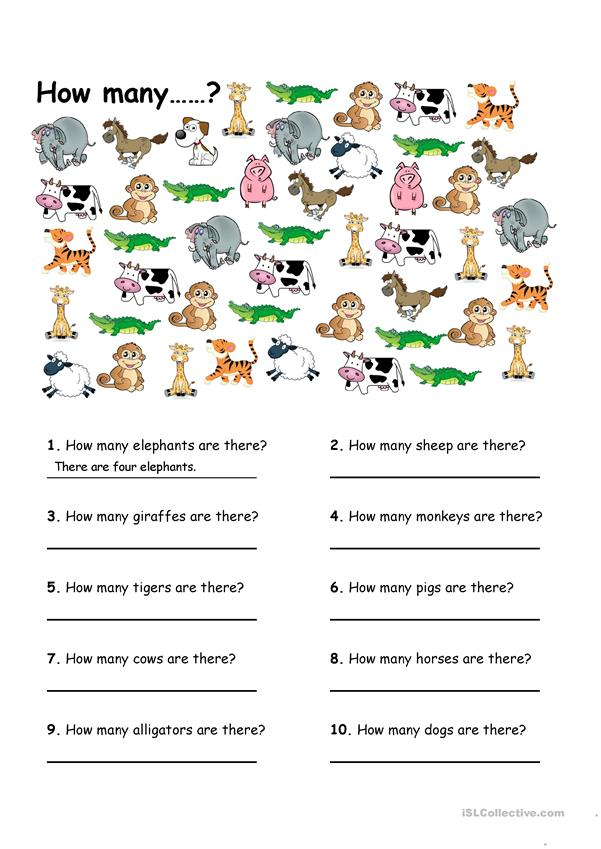 These days, people chose dancing for various purposes like continuing the family legacy, improving the physical and mental health, as an occupation etc. With the increasing demand in creativity, dance forms also emerged quickly, and now in the present day, we have different dance forms based on different regions, cultures, religions, etc. Here in this article, we show you different types of popular dances present in the world.
These days, people chose dancing for various purposes like continuing the family legacy, improving the physical and mental health, as an occupation etc. With the increasing demand in creativity, dance forms also emerged quickly, and now in the present day, we have different dance forms based on different regions, cultures, religions, etc. Here in this article, we show you different types of popular dances present in the world.
A. Indian Classical Dance(Nritya):
Indian classical Dance or popularly revered as “Shastriya Devesh” in the religious Hindu Musical theatre styles whose scripted theories and practices can be identified from the Sanskrit text Natya Shastra. In Hindu religion, it is believed that Kala Bhairava (Lord Shiva) is considered as the master of Dance and hence he is worshipped as Nataraj. Indian classical dances were performed as a religious art inside the sanctum of the Hindu temple or nearby it. There are 8 recognized Indian classical dances by The Sangeet Natak Academy.
- Bharatanatyam from Tamil Nadu
- Kathak from Uttar Pradesh
- Kathakali from Kerala
- Kuchipudi from Andhra Pradesh
- Odissi from Odisha
- Sattriya from Assam
- Manipuri from Manipur
- Mohiniyattam from Kerala
See More: Fashionable Dance T-Shirts
B. African-American Dance:
African-American Dance was started by the black people in America. Before slavery ended in America, many Africans were transported to America as slaves. Soon after the slavery ended, the Africans started to perform their native Dance with a flavor of American moves making it popular as an African-American Dance style. Placing great value on improvisation, these dances are characterized by ongoing change and development. Even today, most of the black Americans perform this style. Some of the famous personalities who performed this dance style are Micheal Jackson and Misty Copeland. Some of the African-American dance styles performed today are
- Break Dance
- Tap Dance
- Swing
- Hip-Hop
- Disco
- Moon Walk
C.
 Novelty or Fad Dance:
Novelty or Fad Dance:Novelty or fad dances are typically characterized by a quick burst of popularity. Some of these dances may get a longer-lasting life. These are also called as trendy dances or crazy dances which becomes popular overnight. These type of dances were initially started by African-American communities on the streets, in clubs, and in discotheques dancing with some loud and energetic music. There are fad dances that are meant to be danced individually calling them as solo dancers, some with partners, some with groups. Some of these Novelty or fad dances were freestyle type, i.e., there were no particular dance steps or pattern. Some of the well-known Novelty/Fad dances are
- Bunny Hop
- The Carlton
- Gangnam Style
- Level Up
- The Smurf
- Moon Walk
D. Ceremonial Dance:
This is a type of Dance performed during any ceremonies or for any religious rituals. This type of Dance is also called as ritual Dance or festival dance.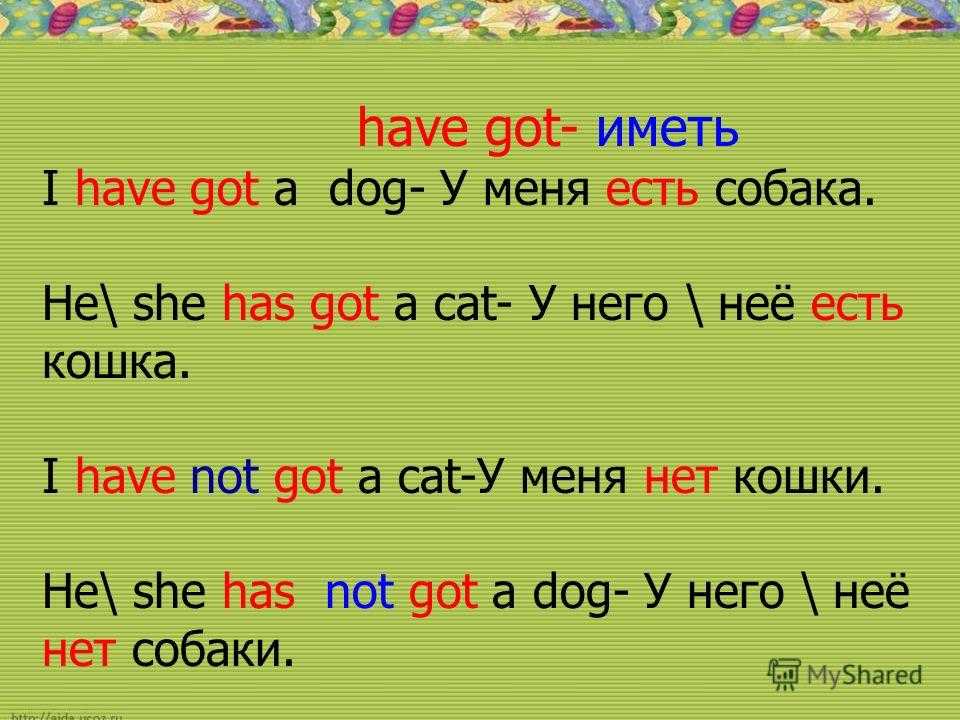 Ceremonial Dance is often related and overlaps to sacred Dance and ecstatic dance type. This type of Dance is usually performed to uplift the community spirit. The ceremonial dance type is different for different religions and also different in different regions (countries or places). Some of the best known ceremonial dances are
Ceremonial Dance is often related and overlaps to sacred Dance and ecstatic dance type. This type of Dance is usually performed to uplift the community spirit. The ceremonial dance type is different for different religions and also different in different regions (countries or places). Some of the best known ceremonial dances are
- Indian Classical dances like Bharatnatyam, Kuchipudi, Kathakali etc
- Hadra dances and Sufi Whirling in Islam religion
- Dances in Ancient Egypt
- Long Sword dance in England
- Morris dancing
- Rapper dance
- Ritual dancing of China
- Dances of Universal Peace
E. Social Dance:
It is a non-competitive, partner dancing that is relaxed, informal, and danced for the enjoyment and entertainment of the partners that are intended for participation rather than performance. Social dancing is less formal than exhibition dancing and is meant to be enjoyed while socializing. Social dancing is usually performed or enjoyed in wedding receptions, business functions, nightclubs, or informal gatherings. Some of the best known Social dance types are:
Some of the best known Social dance types are:
- Waltz
- Line Dancing
- Minuet
- Tango
- Swing Dancing
- Hasapiko Dancing
- Cha-Cha
- Samba
- Nightclub Freestyle
F. Latin/Rhythm Dance:
Latin Dance is a partnered dance style that is united by their place of origin- Latin America. This type of Dance is invariably passionate and rhythmic while performing. Latin dances hail from various countries in North and South America and also has European, and African influences. Latin Dance is known for passion, the fire, and the energy and because of these reasons, most of them started making this a hobby of learning Latin Dance, that also benefits from cutting down some pounds in your body. Today, following the music, rhythms, and movement history, Latin Dance evolved over time and has many Latin styles. Some of them are:
- Slasa
- Bachata
- Samba
- Rumba
- Cha-Cha-Cha
- Jive
- Paso Double
- Zumba
G.
 Street Dance:
Street Dance:Street dance is a type of dance style that has been evolved outside the dance studios. These dances are performed on the streets, parks, block parties, clubs etc. In fact, these dances originated at different times and places. For example, Breaking is said to evolve in the 1970s in New York. Nowadays the terms “street dance” and “Hip Hop dance” are often used to refer to a studio-based version of the forms which came about after established teachers and choreographers of Jazz, Ballet and Contemporary tried to copy the “street” styles when they were popularized. Some of the styles of street dances are:
- Hip-Hop
- Break Dancing
- Jerking
- Locking and Popping
- Electro Dance
- Tutting
- Clogging
21 Most Popular Types of Dance Forms Names:
Dance is an art that is practiced or performed by different sets of people in different ways. Hence Dance can be classified based on country, region, ethnicity, styles etc.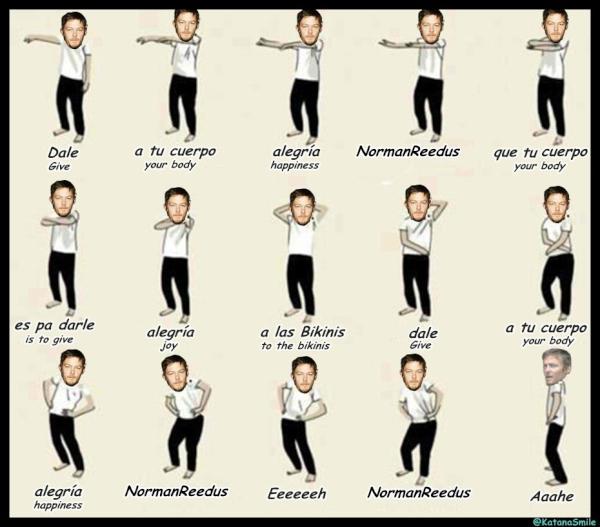 For example, in India, there are certain classical dances that are quite famous and in other regions like Brazil has its own traditional Dance. But, there are some dances which are extensively performed and practiced all over the world. Here is a list of some of them.
For example, in India, there are certain classical dances that are quite famous and in other regions like Brazil has its own traditional Dance. But, there are some dances which are extensively performed and practiced all over the world. Here is a list of some of them.
1. Ballet:
Ballet dance has its origin from Italy. The term ballet means to “dance.” This is usually accepted all over the world as one of the most artistic forms of entertainment enjoyed by all ages. This Dance is the combination of choreography and art, scenic design, lighting, costume, graceful movements with light classical music. These days the traditional ballet dance is replaced with new modern forms of ballet dance styles. Some of the forms of ballet dance are classical ballet, contemporary ballet, neoclassical ballet etc. This type of Dance is not difficult to learn once you have identified your passion for it.
2. Bharatnatyam:
Bharatnatyam is an Indian classical dance form having its origin in Tamil Nadu.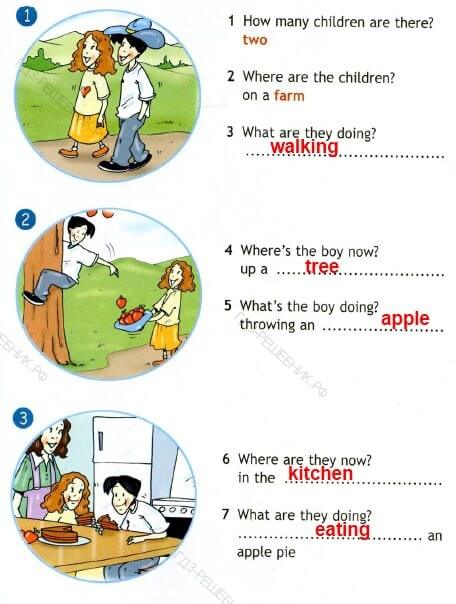 It is a dance form practiced by both males and females. It is known among all for its tenderness of graceful expressions and posses and beauty of the dance steps. Dancers wear anklets while performing which consists of numerous copper bells attached. Dancers must excel in the art of perfect ringing of bells in the anklets and must also have proper control over it. Bharatnatyam is one of the well-known types of Dance in India.
It is a dance form practiced by both males and females. It is known among all for its tenderness of graceful expressions and posses and beauty of the dance steps. Dancers wear anklets while performing which consists of numerous copper bells attached. Dancers must excel in the art of perfect ringing of bells in the anklets and must also have proper control over it. Bharatnatyam is one of the well-known types of Dance in India.
3. Kathak:
In types of Indian Dance, Kathak is one which originated in the north Indian land. Among the many dance name list, Kathak is one beautiful form of art. Nomadic bards of ancient Northern India are known to lay down the foundation of this dance form. They were known as storyteller or Kathakars. The performers usually wear the famous Lehenga Choli costume while dancing. Even the copper bells used in Bharatnatyam are used in this dance form.
4. Break Dance:
Breakdance also knew as a street dance was originated by Puerto Rican Youths and African Americans.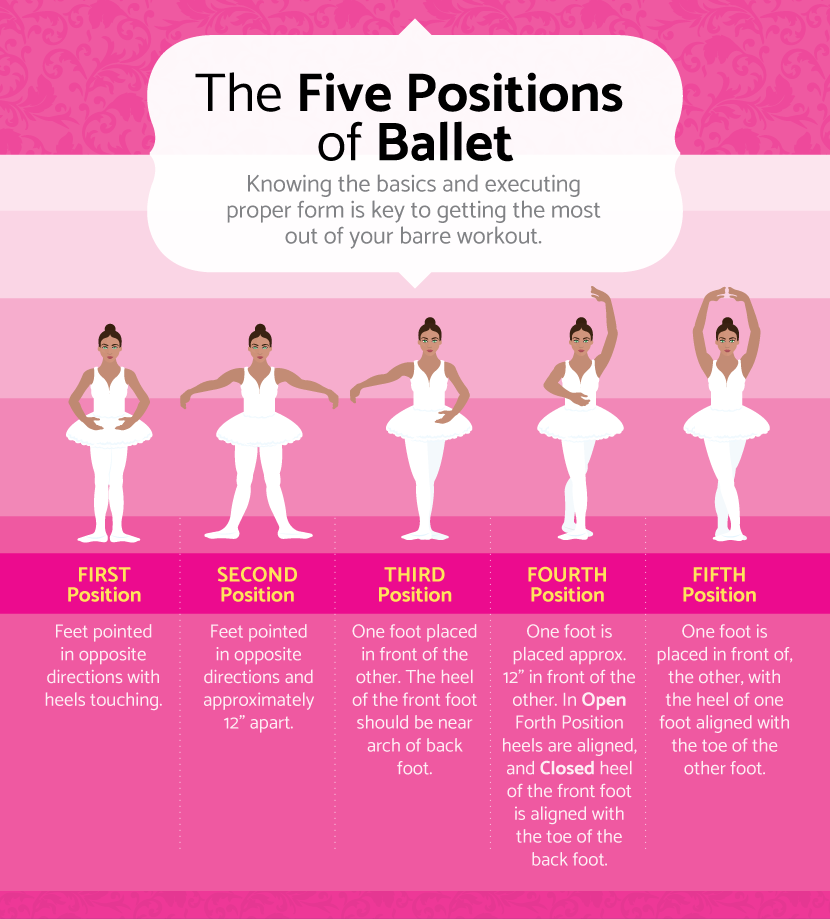 This dance form consists of four major movements – power moves, down rock, top rock and freezes. This is a modern kind of Dance that involves abstract body steps, that may or may not convey anything. It is usually practiced by the youth.
This dance form consists of four major movements – power moves, down rock, top rock and freezes. This is a modern kind of Dance that involves abstract body steps, that may or may not convey anything. It is usually practiced by the youth.
See More: Types Of Dancing Shoes
5. Lion Dance:
The lion dance is the traditional dance form of Chinese culture. In this form of dance, the performers wear lion costumes and mimic the moves and styles of a lion. This type of Dance is amazing to look at and is completely different from another dance form because you usually cannot see the person behind the costume in this form.
6. Tap Dance:
In this dance form, one needs to tap the shoes on the wooden floor. The shoes are made up of a metallic sole on the heel and the toe facilitating the tapping sound. The two well-known tap dance types are Broadway tap and Rhythmic tap. Tap dancing is also done in Cappella style in which performers need to perform on music created from tapping.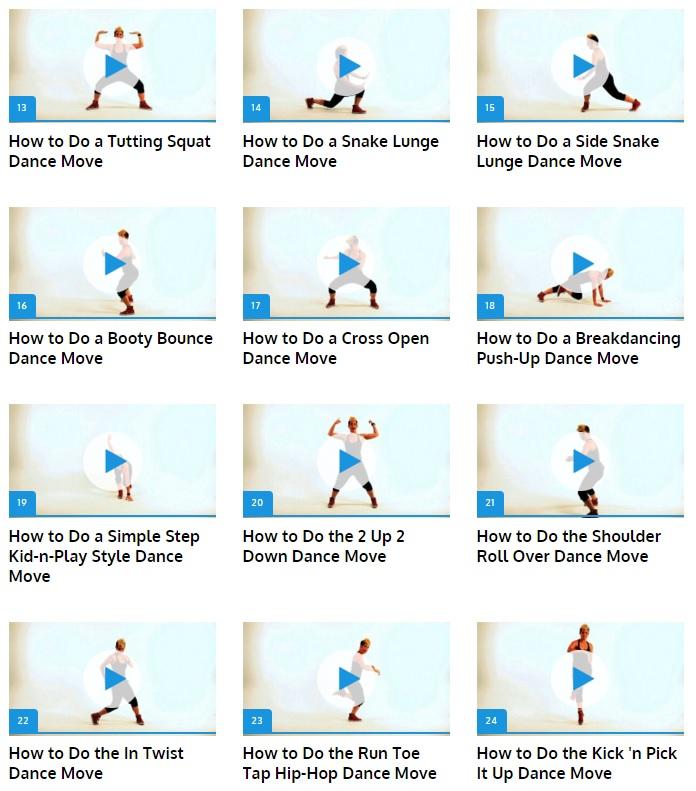
7. Kabuki:
The classical Japanese dance-drama is known as kabuki. This is known for its stylization of performance, and the elaborate and highly complicated make up worn by the performers. Kabuki involves a lot of practice and handling the costume along with the dance steps needs experience. It was one of the major theatrical performance in Japan for about four centuries.
8. Salsa:
It will come in another type of western Dance which almost everyone knows and is performed all around the world. Salsa was originated in New York due to the strong influences of Latin America. Arms are used by the lead dancers to communicate with the followers. In these types of dances, the major expressive movements are done by the lower part of the body that is the hips, the body and legs. The upper body remains at its level. Salsa can be performed in different styles which can be identified on the basis of foot patterns, turns and figures, on the basis of timing, body rolls, dance influence, attitude and the way the partners hold each other while dancing.
Read: Dance Exercises For Beginners
9. Waltz:
The ballroom couple dance performed in closed positions is known as Waltz. This dance form had originated in the country of England during 1816. Several Victorian novels have the mentioning and a perfect description of this dance form. While dancing, the man is required to clasp his arms around his female partner’s waist. This type of modern Dance requires performers to execute delicate and fluid moves and Dance to slow melodic music.
10. Belly Dancing:
One of the unique forms of Dance is belly dancing, and it comes under types of modern Dance. It is characterized by sharp and rolling movements of the abdomen and the hips. This dance form has different types of dance moves depending upon the region and country it is being performed. Movements of the hips and the torso communicate the maximum. Shakira, a famous Latin American superstar, was the one to popularize this form during the 2000s.
11.
 Swing:
Swing:Swing, as the name sounds, is a very interesting dance form. It is a group of dances developed with a swing style danced to the tunes of jazz music during the 1920s – 1950s. Swing is a blanket word to different dances such as Jitterbugs, Boogie Woogie and Lindy hops. This type of dance form is fun, and the performers wear stylish dresses, yet very comfortable.
12. Aerial Dance:
Aerial Dance is slowly becoming very famous these days. This dance form is not easy to perform and requires proper training. It was first performed in the USA during the 1970s. The name clearly indicates that in this form, the performer is required to perform in the air. The dancer hangs from any apparatus which is attached to the ceiling and performs steps in mid-air. It provides a lot of space to develop a new idea and dance moves.
13. Tango:
It is a partner dance originated along with the river Plate during the 1890s the partners in tango follow each other chest to chest with either an open embrace or a closed embrace with a constant touch from the thigh area. Tango is a kind of ballroom dance and began in the working-class port in Uruguay, Argentina and Rio de la Plata.
Tango is a kind of ballroom dance and began in the working-class port in Uruguay, Argentina and Rio de la Plata.
14. Fandango:
Fandango is the primary Dance of Portugal. It involves singing as well as dancing. Dancers tap their feet and quickly keep on changing positions. This dance form is accompanied by castanets, guitars and even sometimes hand clapping.
See More: Zumba Dance For Weight Loss
15. Cancan:
Cancan is very high energy and physically demanding hall dance. It is usually performed by women in a chorus wearing beautiful costumes which are long skirts with black stockings. The main feature of this form is lifting of the long frilly skirt high accompanied by high kicking.
16. Latin Dance:
Latin Dance involves two partners and resembles a ballroom dance. It originated in Latin America. The social Latin Dance in International Dance includes the rumba, samba etc. The History of Latin dance dates back to the fifteenth century when indigenous dances were first recorded by Europeans. Their dance form is deeply rooted in History and is a must-watch entertainer.
Their dance form is deeply rooted in History and is a must-watch entertainer.
17. Iranian Dance:
Persian Dance or is also known as Iranian Dance refers to the type of dance form, indigenous to Iran. Genres of Dance in Iran usually vary depending on the area, culture, and language of the local people. They also range from sophisticated reconstructions of refined court dances to energetic folk dances. The dance style is rhythmic and pleasing to watch.
18. Azerbaijani Dance:
There are a number of Azerbaijani dances that are practiced and used by the Azerbaijani people of Azerbaijan and the Irani’s of Azerbaijan. Their Dance is engaging, and they differ from other dances and is famous for its quick temp. They are entertaining to watch and is a national interest.
19. Disco Dance:
Disco dance is a type of dance style that is a musical style dating to early 1970s. It began from the USA urban night-life scene, where it had been restricted to house parties. From there on, it began making regular mainstream appearances and gathered popularity. Its popularity was achieved sometime during the mid-1970s to the early 1980s.
From there on, it began making regular mainstream appearances and gathered popularity. Its popularity was achieved sometime during the mid-1970s to the early 1980s.
20. Folk Dance:
Folk dance is a typical form of Dance that is usually extensively performed in rural areas. It talks of the folklore of the village plight. It is a traditional type of Dance pertaining to one set of people or community. The costumes are interesting and usually depict the traditional dress of the community.
21. Electronic Dance:
This style of Dance is also known as Electronic Dance Music (EDM). This style started in Northern Europe during the 2000s and has become very popular in the next decades. This Dance is typically performed to electro house music based on different dance styles like disco, hip hop and freehand glow sticking.
[See More: Various Kinds of Kisses]
Dance is an art that has been practiced since ages for different purposes. In ancient days, History tells us that Dance was performed by only a set of families in front of the kings and in the temples for the purpose of entertainment.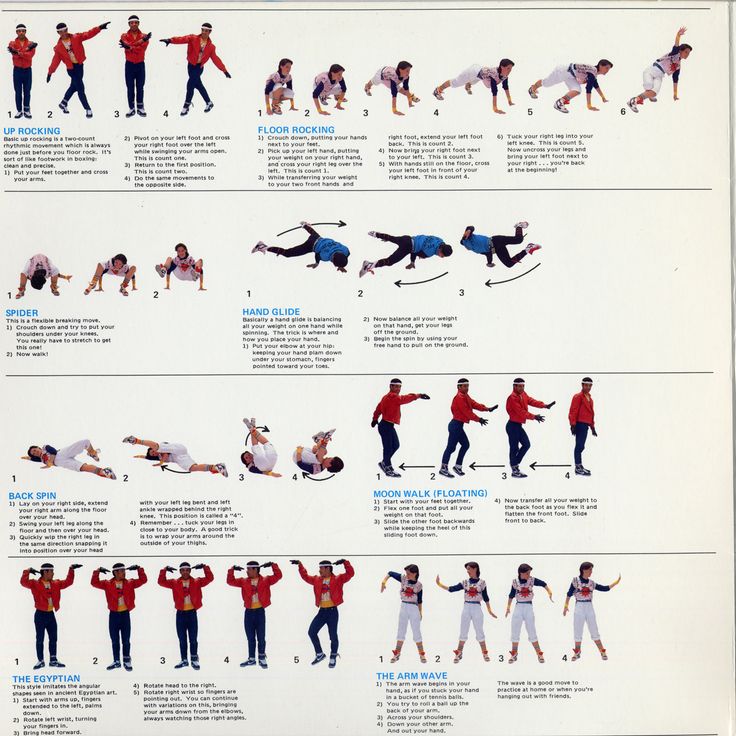 Modern-day Dance has evolved in different forms and for different purposes such as Dance as an art, as social bonding, as a career, for health, as relaxation and recreation etc. If you are planning to start dancing, choose any of the above-mentioned styles that can suit your needs. Make sure that you start dancing in the presence of a professional because any mismatch can strain your body or maybe dislocations in your body.
Modern-day Dance has evolved in different forms and for different purposes such as Dance as an art, as social bonding, as a career, for health, as relaxation and recreation etc. If you are planning to start dancing, choose any of the above-mentioned styles that can suit your needs. Make sure that you start dancing in the presence of a professional because any mismatch can strain your body or maybe dislocations in your body.
Disclaimer: The above article is intended for information purpose only and should not be construed as professional advice. If you are a beginner, it is recommended to practice or perform in the presence of a professional only.
Basics of classical dance
Classical dance is the basis of choreography. Classics allows you to learn all the subtleties of ballet art, to feel the harmony of movements and music. Many will think why do the “old” when there are many new modern trends. But you need to understand that everything new originates from the dances of past centuries. So the classics absorbed all the most elegant movements from folk and everyday dances of several centuries, gradually improving the positions of the arms and legs, the position of the head and body. All dance movements in classical dance have names in French, so dancers from different countries can easily understand each other. Classical dance classes allow you to develop flexibility, coordination of movements, strengthen the musculoskeletal system, promote endurance, physical and intellectual development, and also teach control your body. Various combinations allow you to dance beautifully and elegantly, even if it is simple movements of the hand, foot or head. nine0003
So the classics absorbed all the most elegant movements from folk and everyday dances of several centuries, gradually improving the positions of the arms and legs, the position of the head and body. All dance movements in classical dance have names in French, so dancers from different countries can easily understand each other. Classical dance classes allow you to develop flexibility, coordination of movements, strengthen the musculoskeletal system, promote endurance, physical and intellectual development, and also teach control your body. Various combinations allow you to dance beautifully and elegantly, even if it is simple movements of the hand, foot or head. nine0003
Children involved in classical music are corrected and laid down the correct posture, some cases of spinal curvature are corrected. Often, even experienced dancers of various dance styles continue to practice the classics, because its foundations are universal. In classical dance classes, they teach the basic positions of the arms and legs, the correct position of the body, introduce professional terminology and the history of the development of ballet, educate musicality, develop stability and coordination, and also prepare small classical performances in the form of etudes, adagios or various variations. All movements in classical dance are based on turnout - one of the most important qualities in the classics, which is simply necessary for any stage dance. Turnout and step development are necessary regardless of the height to which the leg is raised, turnout seems to hold the leg, leads it to the desired position, contributing to the purity of plastic movements and smoothing the angles formed by the heels when lifting the legs. Insufficiently flexible knee, ankle and instep hamper the free movements of the legs, making them cramped and unexpressive. Based on turnout, there are five foot positions in classical dance. Moreover, in all these positions, not only the feet are twisted, but the legs completely, starting from the hip joint. Regular long-term flexibility and endurance training allows you to take the necessary positions without much effort. nine0003
All movements in classical dance are based on turnout - one of the most important qualities in the classics, which is simply necessary for any stage dance. Turnout and step development are necessary regardless of the height to which the leg is raised, turnout seems to hold the leg, leads it to the desired position, contributing to the purity of plastic movements and smoothing the angles formed by the heels when lifting the legs. Insufficiently flexible knee, ankle and instep hamper the free movements of the legs, making them cramped and unexpressive. Based on turnout, there are five foot positions in classical dance. Moreover, in all these positions, not only the feet are twisted, but the legs completely, starting from the hip joint. Regular long-term flexibility and endurance training allows you to take the necessary positions without much effort. nine0003
When starting to practice, you need to remember about the stance, because nothing will work if you do not stretch the body vertically, avoiding a bent or arched spine, and do not distribute the weight between the legs. It takes a lot of patience and time to develop correct posture. You should never forget about your posture - neither during classical lessons, nor during independent training, nor on any other day. Classical dance, like many others, is not only a set of movements, it needs to be revived, emotions and feelings must be put into it. And as soon as strong feelings are revealed in the dance, the impression of it changes to a large extent, it fascinates with its plastic expressiveness, leaving complete aesthetic pleasure. nine0007 In the 17th century (1701), the Frenchman Raoul Feuillet created a system for recording the elements of classical dance. These terms are recognized by experts in the field of world choreography and at the present time. Knowledge of technical terms speeds up the learning process. This is the international language of dance, the ability to communicate with choreographers, understanding of special literature, the ability to briefly record training combinations, lessons, etudes, floor exercises, compositions.
It takes a lot of patience and time to develop correct posture. You should never forget about your posture - neither during classical lessons, nor during independent training, nor on any other day. Classical dance, like many others, is not only a set of movements, it needs to be revived, emotions and feelings must be put into it. And as soon as strong feelings are revealed in the dance, the impression of it changes to a large extent, it fascinates with its plastic expressiveness, leaving complete aesthetic pleasure. nine0007 In the 17th century (1701), the Frenchman Raoul Feuillet created a system for recording the elements of classical dance. These terms are recognized by experts in the field of world choreography and at the present time. Knowledge of technical terms speeds up the learning process. This is the international language of dance, the ability to communicate with choreographers, understanding of special literature, the ability to briefly record training combinations, lessons, etudes, floor exercises, compositions.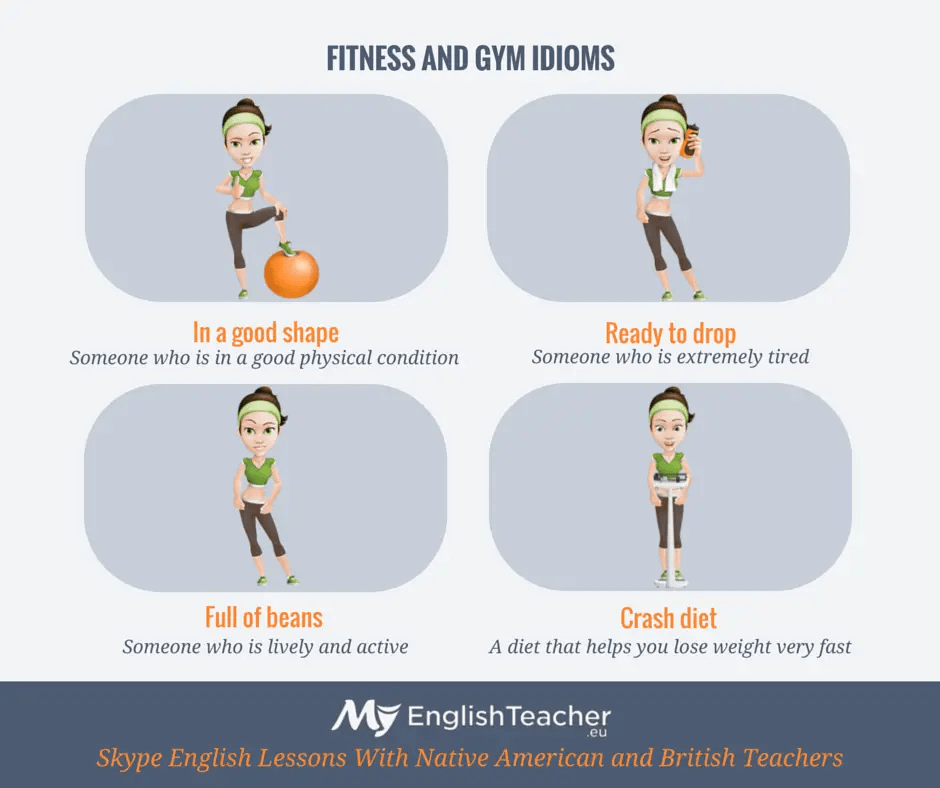
Choreographic terminology - a system of special names designed to indicate exercises or concepts that are difficult to briefly explain or describe. nine0007 Exercise at the support or in the middle - This is a set of training exercises in ballet that contribute to the development of muscles, ligaments, and the development of coordination in the dancer. Exercises are performed at the “machine” (attached to the wall with brackets) and in the middle of the training hall every day. Exercises consist of the same elements.
- demi plie - (demi plie) - incomplete "squat".
- grand plie - (grand plie) - deep, big "squat".
- relevé - (relevé) - “lifting”, lifting to a rack on socks with lowering to the IP in any position of the legs. nine0014
- battement tendu - (batman tandyu) - "stretched" sliding movement of the foot into the position of the foot on the toe forward, to the side, back with a sliding movement returning to IP.
- battement tendu jeté - (batman tandyu jeté) "throw", swing to the downward position (25 °, 45 °) with a cross.
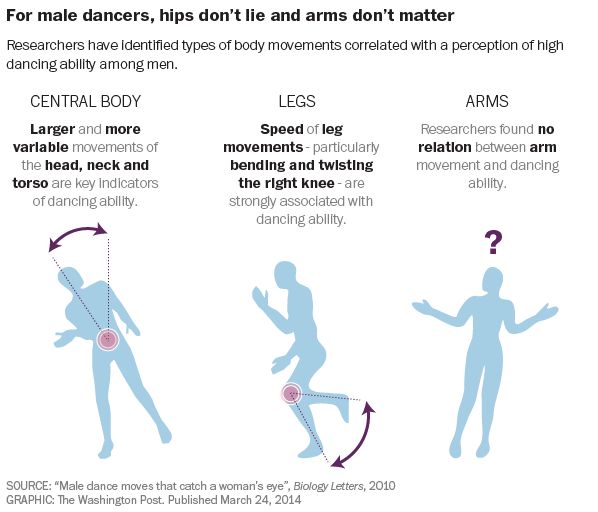
- demi rond - (demi rond) - incomplete circle, semicircle (toe on the floor, 45 ana 90 ° and above).
- rond dejamb parterre - (rond de jamb par ter) - a circle with a toe on the floor a circular movement of the toe on the floor. nine0014
- rond de jamb en l'air - (rond de jamb en l'air) - circle with the foot in the air, stand on the left right to the side, circular movement of the lower leg out or in.
- en dehors - (andeor) - circular movement away from oneself, circular movement outward in the hip or knee joint, as well as turns. 10.en dedans - (andedan) - circular movement towards oneself, circular movement inward.
- sur le cou de pied - (sur le cou de pied) - the position of the leg on the ankle (at the narrowest point of the leg), the position of the bent leg on the ankle joint in front or behind. nine0014
- battement fondu - (batman fondue) - "soft", "melting", simultaneous flexion and extension of the legs in the hip and knee joints.
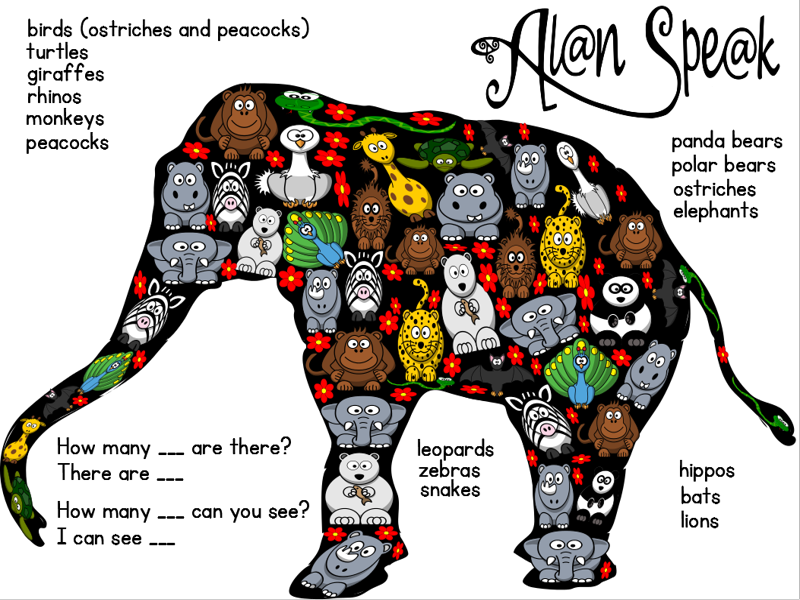
- battement frappe - (batman frappe) - “hit” - a short kick with the foot on the ankle joint of the supporting leg, and quick extension in the knee joint (25 °, 45 °) to the toe or downward position.
- petit battement - (petit battman) - "little blow" - alternately small, short foot strikes in the cou-de-pied position in front and behind the supporting leg. nine0013 battu - (botyu) - "beat" continuously, small, short blows to the ankle joint just in front or behind the supporting leg.
- double - (double) - "double", • battement tendu - double heel pressure • battement fondu - double half-squat • battement frapper - double blow.
- passe - (passe) - "to pass", "to pass", the position of the bent leg, the toe at the knee: in front, to the side, behind.
- relevelent - (relevant) - "raise" slowly, smoothly slowly on the count of 1-4 1-8 raising the leg forward, sideways or back and higher. nine0014
- battement soutenu - (batman for a hundred) - "fused" - from a stoic on toes with a half squat on the left, right by sliding forward to the toe (back or to the side) and sliding back to the IP.
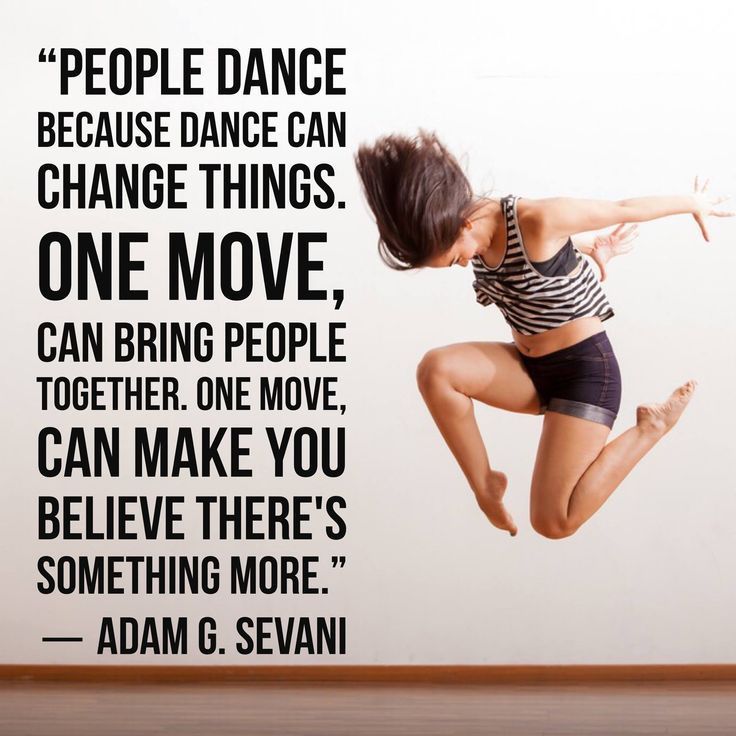
- développe - (develope) - “opening”, “deployed”, from the stoic to the left, right with a sliding movement to the bent position (toe at the knee) and its extension in any direction (forward, side, back) or higher.
- adajio - (adagio) - slowly, smoothly includes grand plie, develope, revelant, all types of balances, pirouettes, turns. A fused bundle for 32, 64 accounts. nine0014
- attitude - (attetyud) - posture with the position of the bent leg behind, stand on the left, right to the side - back, lower leg to the left.
- terboushon - (terboushon) - a pose with the position of the bent leg in front (front attitude) stoic on the left, right forward, lower leg down to the left.
- degaje - (degaje) - "transition" from the rack to the left right forward to the toe, stepping forward through the semi-squat in IV position, straightening up, standing on the right, left back, on the toe. From the rack on the left right to the side on the toe, step to the side through the semi-squat in II position, the rack on the right, left to the side on the toe.
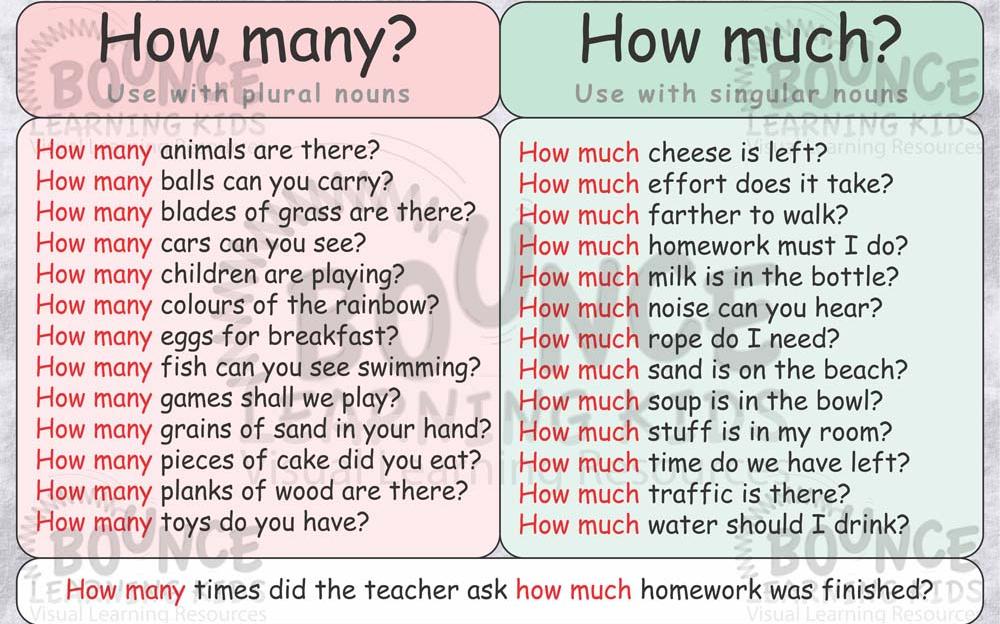 nine0014
nine0014 - grand battement - (grand batman) - "big throw, swing" 90 ° and higher through the position of the foot on the toe.
- tombée - (tombé) - "fall" from a toe stand in the fifth position lunge forward (to the side, back) with a return to the IP in a sliding motion.
- picce - (pikke) - "piercing", stand on the left right forward to the bottom, quick multiple touches of the toe on the floor.
- pounte - (pointe) - "on the toe", "touching the toe" from the stoic on the left, right forward, to the side or back on the toe swing in any direction with a return to the IP. nine0014
- balance - (balance) - “wiggle”, the pendulum movement of the legs forward up - back down, forward - back, forward - back up.
- allongée - (allange) - "stretching", the final movement of the arm, leg, torso.
- pordebras - (port de bra) - "excesses of the body", tilt forward, backward, to the side. The same in stretching.
- temps lie - (tan lie) - small adagio, 1-half squat on the left, 2 - right forward on the toe, 3 - shift the center of gravity to the right, left back to the toe, 4-IP 5.
 the same to the side and back . nine0014
the same to the side and back . nine0014 - failli-(fai) - "flying", IP - 5 position right in front. Push 2 jump up, dropping into a cross lunge left to the side, left hand up, right back - push left and swing right back down jump up 2 hands down.
- allegro- (allegro) - “cheerful”, “joyful”, part of the lesson, consisting of jumps, performed at a fast pace.
What are the types of dance styles. Popular dance styles and trends
Dance is body language. All dance movements have their own meaning, it is not just a set of movements, it is a way to say something to people around. Nowadays, there are a huge number of dance styles. nine0003
Types of dance styles
Ballet, ballroom, historical, folk dances, modern, erotic, Latin American dances, hustle, swing... Many and varied are amazing.
- Ballet is a theatrical performance, where the character, his feelings, emotions and thoughts are expressed by the artists through dance movements, plasticity, gestures and facial expressions.
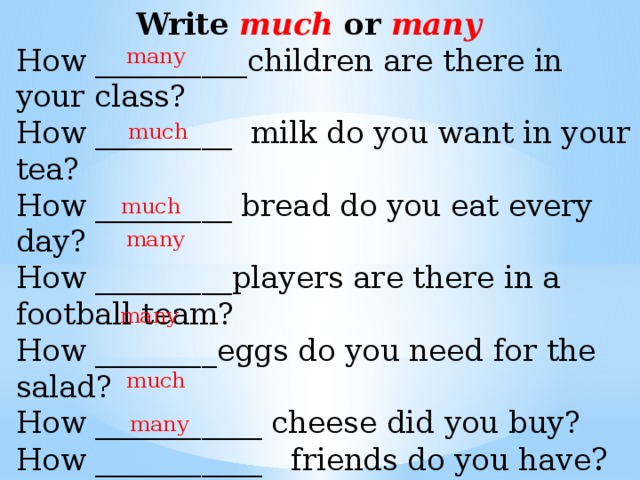 There are such types of ballet: classical, romantic and modern.
There are such types of ballet: classical, romantic and modern. - Ballroom dancing includes two types of program: standard (Viennese waltz, tango, slow foxtrot, slow waltz, quickstep) and latin (cha-cha-cha, samba, paso doble, rumba, jive). They are performed by a man and a woman. Ballroom dancing is popular all over the world. nine0014
- Historical dances. This direction includes dances of the past centuries, which are performed to this day and came to us from the Renaissance (allemande, contradans, pavane), Baroque (minuet) and from the 19th century (mazurka, polonaise, quadrille).
- People's direction. Each nationality has its own dances, which reflect the character, traditions and customs of the people. The folk ones include: hopak, krakovyak, polka, lezginka, gypsy, round dance, chardash, trepak and many others.
- Swing is a direction that was born at the beginning of the 20th century on the basis of African American dance traditions. Almost all dances of this direction suggest a jazz syncopated rhythm.
 Types of swing: Charleston, blues, jive, rock and roll, boogie-woogie and that's not all. nine0014
Types of swing: Charleston, blues, jive, rock and roll, boogie-woogie and that's not all. nine0014 - Hustle is a couples dance performed to disco music. Learning how to dance the hustle is very simple, anyone can perform it, it is based on improvisation. Varieties of hustle: sports, freestyle, show hustle, jack and jill, double hustle, ladies hustle.
- Erotic dances: belly dance, striptease. Striptease is a dance that involves the gradual exposure of the dancer's body. Most often, such a dance is performed using a pylon (pole).
Modern dances for teenagers: styles and directions
Modern dances for teenagers is not only a chance to develop physically, but also an opportunity...
Modern styles
Someone prefers only the newest and most modern types of dance styles. The list of the most relevant styles among the youth today looks like this:
- electrodans;
- house;
- trans;
- tectonic;
- strip dance; nine0014
- go-go;
- jumpstyle;
- shuffle;
- R&B;
- hip-hop;
- breakdance
- popping;
- jazz;
- modern;
- postmodern;
- contemporary.
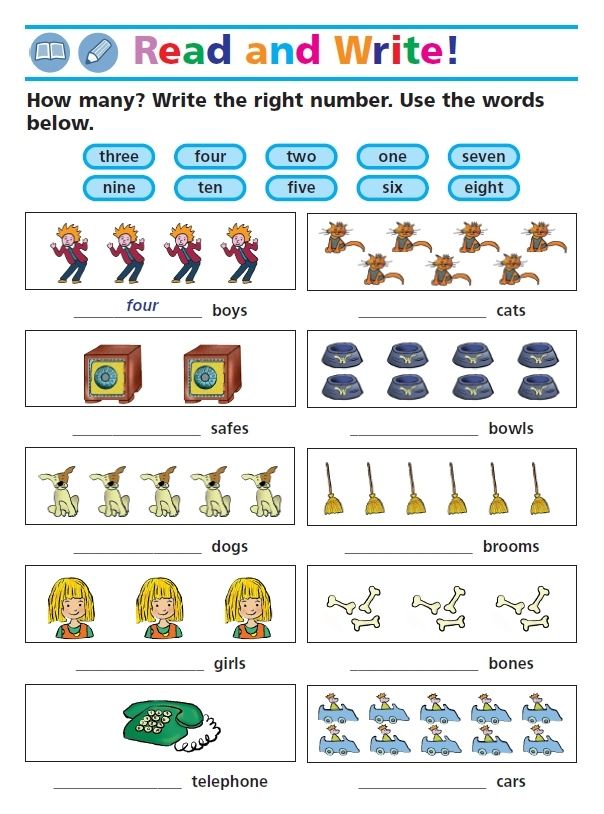
Club dances
Dance directions: electrodance, house, jumpstyle, R&B, trance and tectonics - these are directions for those who like to light up at discos and club parties.
Electrodance and trance dance to electronic music. The movements are energetic and expressive, performed at high speed and with a large amplitude. nine0003
Tektonik is a combination of elements of electrodance, popping, techno and hip-hop, i.e. jumps, leg swings and active arm movements. The dance is very energetic, suitable only for young people, while it is rather monotonous and monotonous.
Dancing. Ballroom dancing. Types of modern dances
Dancing is a constant energy and cheerfulness, good health, a slender figure and a beautiful posture. They...
Such types of dance styles as electrodance, trance, R&B, tectonik are not too difficult to master, everyone can learn how to dance them. nine0003
Street dancing
Street dance styles are hip-hop, breakdance, popping, locking.
Hip-hop is not just a dance, it is a youth subculture that implies its own style not only in music and dance, but also in the manner of dressing, as well as the use of slang and its own philosophy. Hip-hop combines completely different dance styles. The dance looks very simple, but in fact, it takes hard practice to learn how to dance hip-hop. Good physical preparation and endurance are necessary, since the load falls on all muscle groups. nine0003
Contemp. Contempo - modern dance
Contempo has become the dance that erased the generally accepted boundaries of movements. It is not for nothing that it is called a set...
Breakdancing is an ideal dance for boys, youths and young men. This is not only a dance, it is a sport, in addition to dance movements, there are elements of acrobatics and gymnastics. Breakdance classes develop strength, endurance, self-confidence, plasticity and form a beautiful muscular body. nine0003
Modern ballet
Types of dance styles based on classical ballet, which are commonly called modern ballet, are modern, jazz modern, postmodern and contemporary. In essence, this is a modern interpretation of classical ballet, only with less rigid standards. Modern requires dancers to be in excellent physical shape, endurance and good stretching. Contemporary, on the contrary, does not impose strict requirements, you can start practicing this type of dance at any age, a slim figure, physical fitness and flexibility are not important. Contemporary dance barefoot. This dance is based on the martial arts of the East. Contemporary perform solo, duet, in pairs or as a group. The main thing in this type of dance is self-expression. nine0003
In essence, this is a modern interpretation of classical ballet, only with less rigid standards. Modern requires dancers to be in excellent physical shape, endurance and good stretching. Contemporary, on the contrary, does not impose strict requirements, you can start practicing this type of dance at any age, a slim figure, physical fitness and flexibility are not important. Contemporary dance barefoot. This dance is based on the martial arts of the East. Contemporary perform solo, duet, in pairs or as a group. The main thing in this type of dance is self-expression. nine0003
Latin American dances
Types of dance styles of Latin American origin: bachata, Argentine tango, merengue, mambo, salsa, lambada, flamenco, capoeira, bolero.
Bachata is one of the most popular Latin dances today, just like capoeira. Bachata is a pair dance. Capoeira is a Brazilian martial art that combines acrobatics, kicks and is performed to music. Among Latin American dances there are such types of dance directions where they stamp their feet and clap their hands, for example, the famous flamenco. This dance is performed to the guitar with percussion, sometimes the dancers use castanets. nine0003
This dance is performed to the guitar with percussion, sometimes the dancers use castanets. nine0003
Modern dances for girls
The most popular types of dance styles for girls today: strip plastic, go-go, belly dance, pole dance.
Belly dancing is suitable for girls and women of any age and with any build. Oriental dance classes will help you to always be beautiful, slim and desirable, the figure will become more feminine, the movements will become graceful, the habit of stooping will disappear. Belly dancing is very beneficial for women's health. nine0003
Strip plastic is a direction for girls without complexes or for those who want to get rid of them. Strip plastic is the key to a beautiful figure. This type of dance will allow you to gain self-confidence, liberate yourself, become irresistible in the eyes of your beloved man.
Go-go is a club dance that will allow every girl to become the star of the dance floor, it is close to strip plastic, but differs from it in that its movements are more aggressive and fast. This type of dance is performed not only by disco lovers, but also by professional dancers in clubs. The clothes of professional go-go dancers are panties, shorts, bodice and stilettos. To practice go-go professionally, you need to have a perfect figure. nine0003
This type of dance is performed not only by disco lovers, but also by professional dancers in clubs. The clothes of professional go-go dancers are panties, shorts, bodice and stilettos. To practice go-go professionally, you need to have a perfect figure. nine0003
Pole dance (pole) is a direction that is based on a combination of dance elements with gymnastics and acrobatics. One of the most difficult types of dance art, for mastering which you need to be in good physical shape and training. Pole dancing competitions are held.
For children
The types of dance directions for children are slightly different from those offered for adults. These are hip-hop, go-go, belly dance, tectonics, breakdance, ballroom dancing, classical ballet, jazz, modern, dances of the peoples of the world and so on. For children, dancing is very useful, they will help improve posture, promote physical development and form a beautiful figure. Children learn everything much faster than adults, they have more energy and a more flexible body.